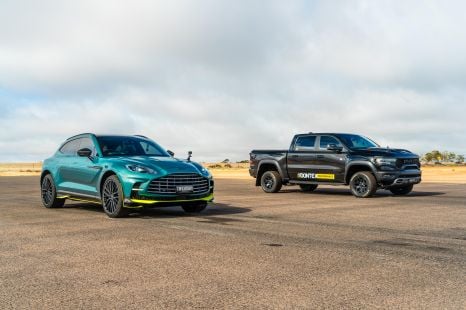

Paul Maric
1200hp RAM TRX vs Aston Martin DBX707 drag race
5 Days Ago
All new cars sold in Australia must be fitted with autonomous emergency braking by March 2025 and pedestrian detection by August 2026.

News Editor
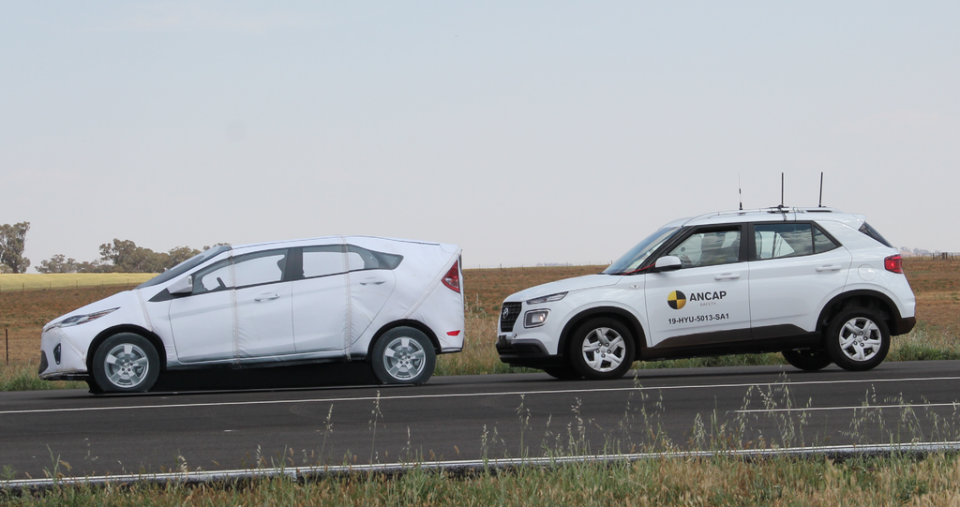

News Editor
Autonomous emergency braking will be required on all newly-introduced vehicle models in Australia from March 2023 and all models on sale in Australia from March 2025.
It’ll be followed by an additional Australian Design Rule mandating AEB with pedestrian detection, which will come into effect from August 1, 2024 for all new vehicle introductions and August 1, 2026 for all new vehicles.
The new ADRs, 98/00 and 98/01, apply to all MA, MB, MC and NA category vehicles – in other words, all passenger vehicles, SUVs and vans, as well as utes with a gross vehicle mass of under 3.5 tonnes.
The car-to-car AEB regulation will come into force slightly later than in Europe, where it’ll apply from July 2022 for new vehicle introductions and July 2024 for all new vehicles.
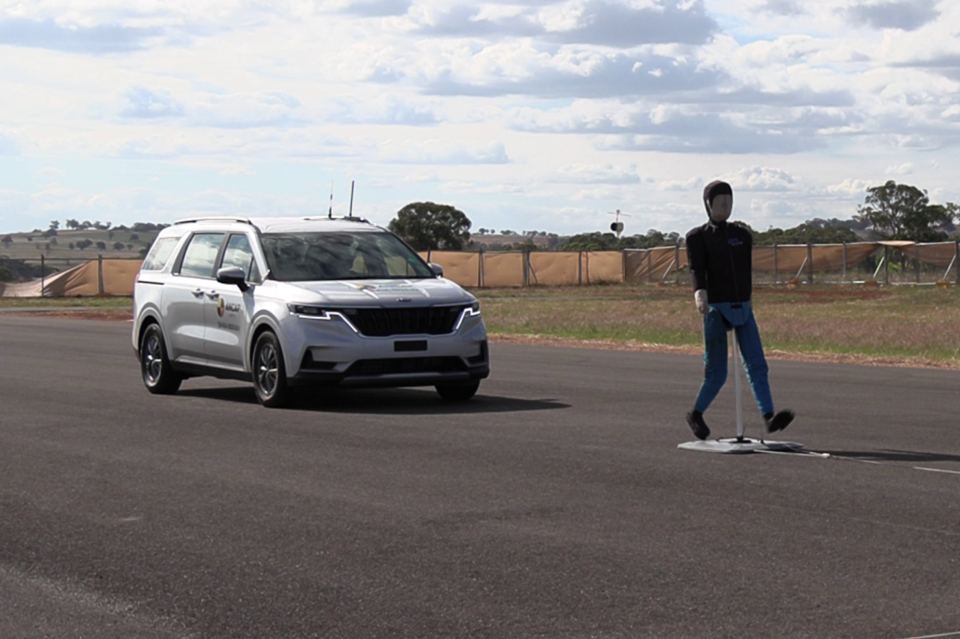
The new ADRs are based on UN Regulation No. 152, and require the AEB system to “be active at least within the vehicle speed range between 10 km/h and 60 km/h and at all vehicle load conditions”.
They also state it shall not be possible to manually deactivate the system at a speed above 10km/h, though vehicles can offer an automatic override for situations such as off-road use so long as these scenarios are clearly communicated to the owner.
Safety authority ANCAP says 89.5 per cent of all new vehicles sold are currently available with AEB.
“Today’s announcement by the Australian Government to mandate autonomous emergency braking is a welcome step in closing the gap to ensure all new vehicles are equipped with this life-saving technology,” said ANCAP CEO Carla Hoorweg.
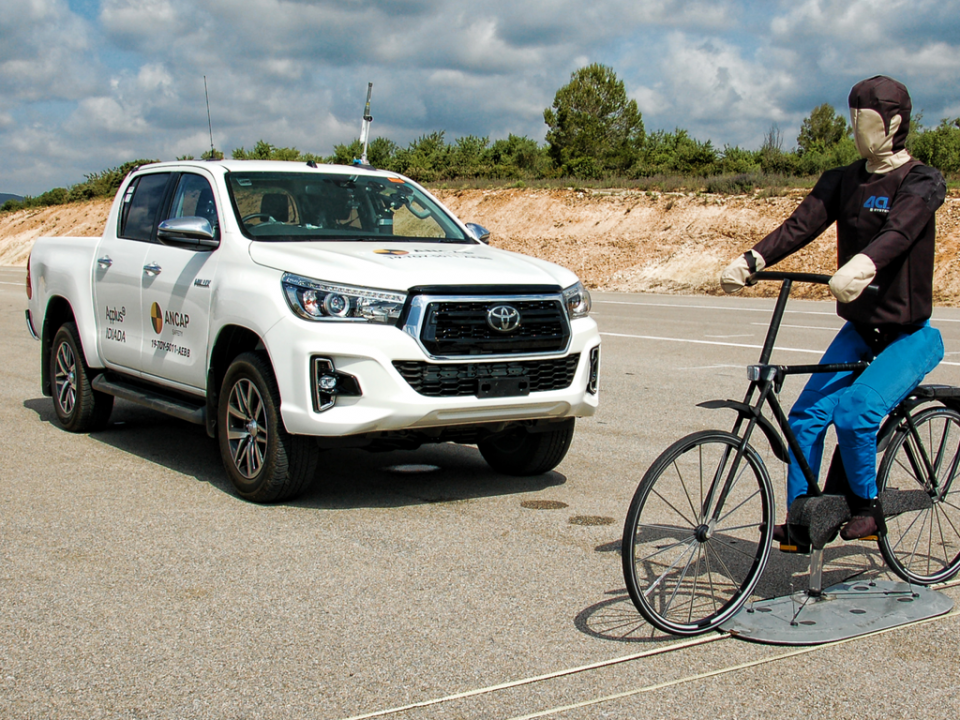
“The mandating of AEB will push manufacturers that have been slow to introduce this technology to catch up – ensuring 100% of new Australian vehicles will have the benefit of AEB from March 2025.”
ANCAP had already made the presence of AEB with pedestrian detection a requirement for a five-star rating, however there was no government regulation mandating its availability on new vehicles.
The safety authority estimates the implementation of the two new ADRs will save 580 lives and avoid 20,400 serious and 73,340 minor injuries. Or, in monetary terms, a net benefit of $1.9 billion.
Data from the Monash University Accident Research Centre shows AEB can reduce vehicle occupant trauma by 28 per cent, while Euro NCAP data says it can cut rear-end crashes by 40 per cent.
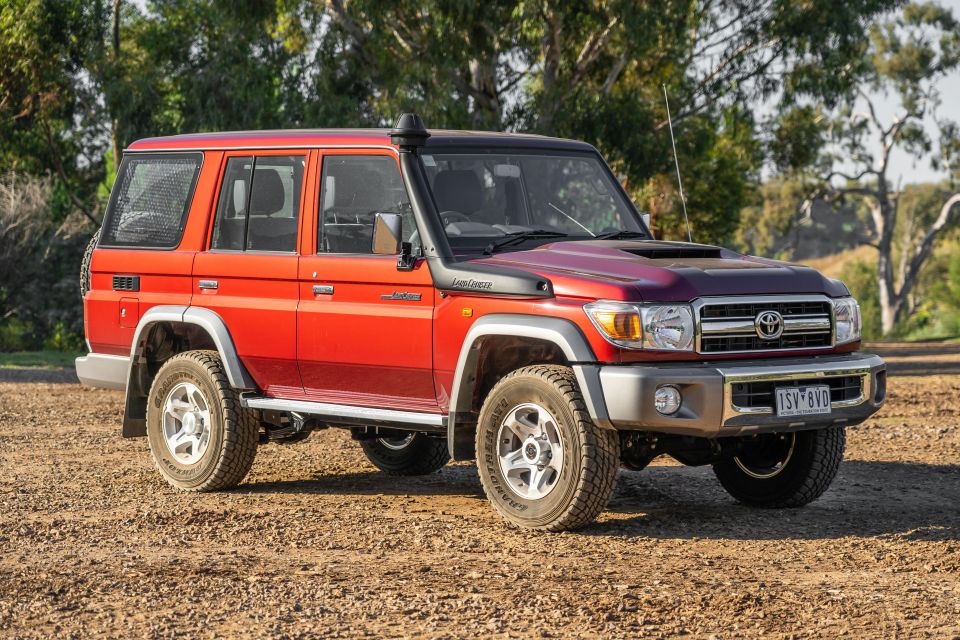
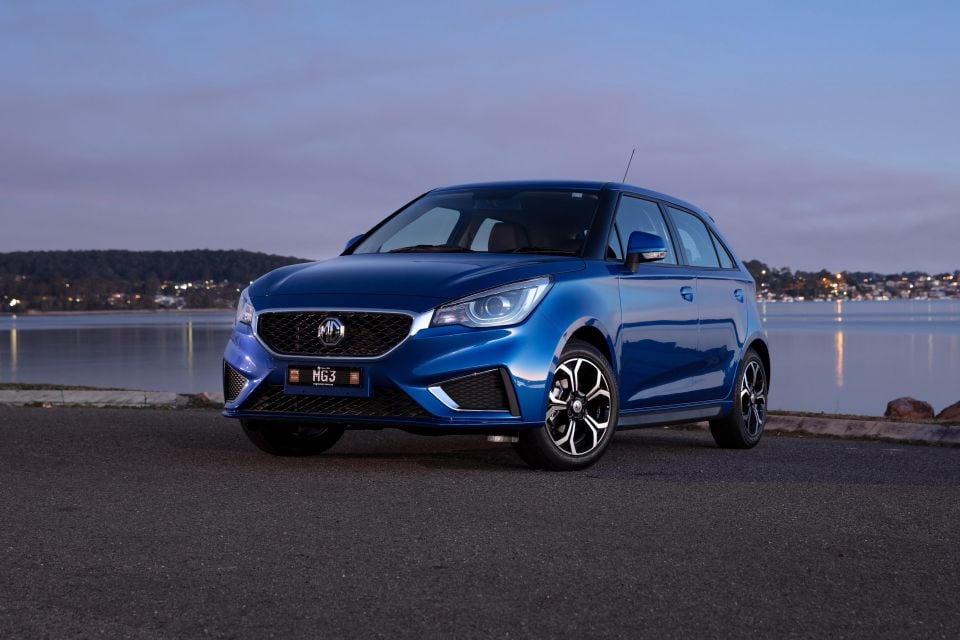
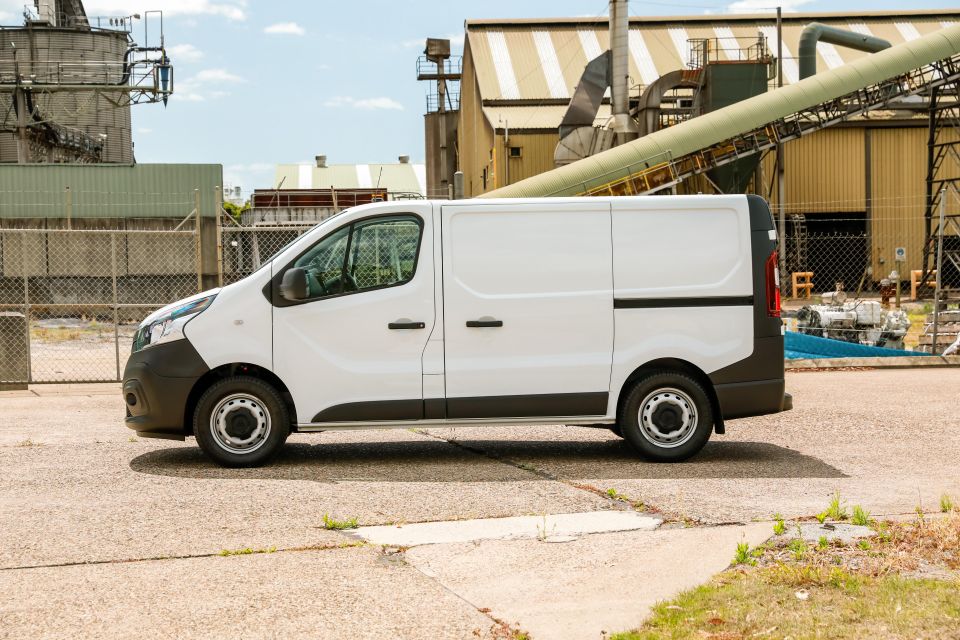

While AEB has become widely available in passenger cars, SUVs, utes and vans, there are still some laggards.
Australia’s best-selling light car, the MG 3, doesn’t offer the feature, even as an option.
Other vehicles to lack the feature include, but are not limited to, the LDV T60, G10 and V80 and the Suzuki Baleno and Ignis, as well as the Mitsubishi Express, DS-series Ram 1500, Renault Trafic, Toyota LandCruiser 70 Series, and Volkswagen Amarok.
Some vehicles, like the Kia Rio, offer AEB only in higher-end trims; the Mitsubishi Triton is another vehicle that doesn’t offer it in its cheapest variants.
William Stopford is an automotive journalist based in Brisbane, Australia. William is a Business/Journalism graduate from the Queensland University of Technology who loves to travel, briefly lived in the US, and has a particular interest in the American car industry.


Paul Maric
5 Days Ago
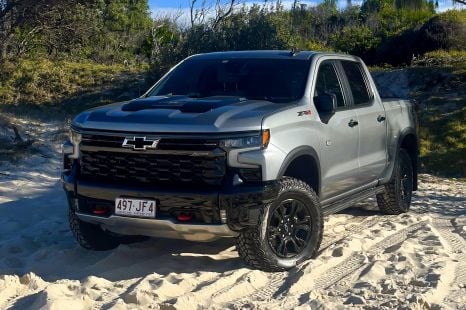

William Stopford
5 Days Ago
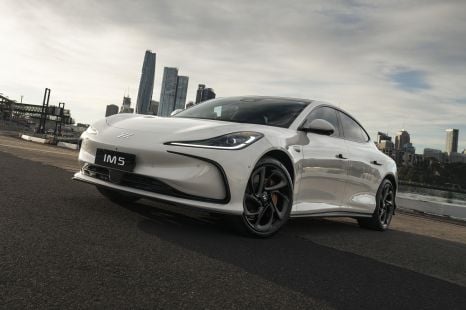

William Stopford
4 Days Ago


James Wong
3 Days Ago


Matt Campbell
2 Days Ago
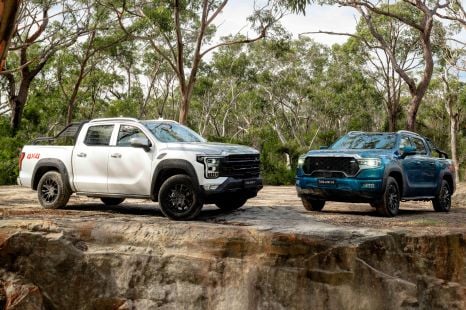

William Stopford
9 Hours Ago